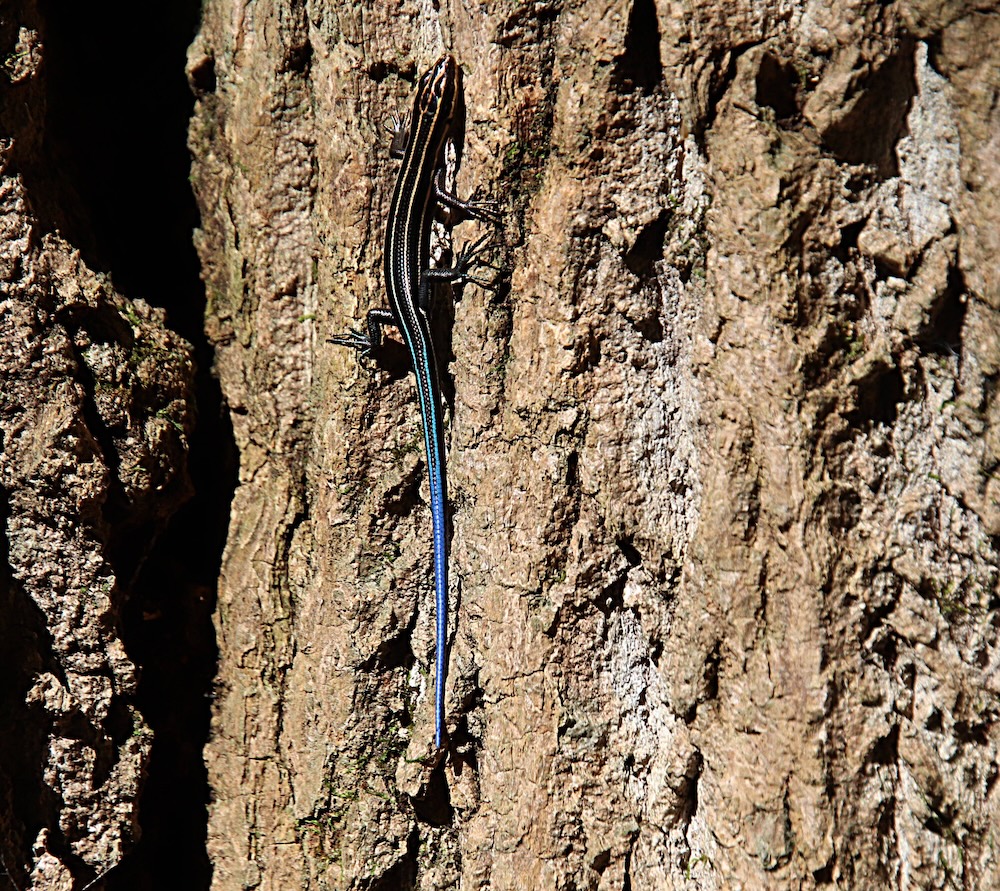Happy Mystery Monday! Can you guess what is pictured in photo #1?

The answer to last week’s mystery is field thistle, Cirsium discolor, pictured in photo #2.

Field thistle, Cirsium discolor, a native member of the aster family, is found in meadows and forest edges throughout the eastern United States. This biennial herb can grow more than 7′ tall, making a bold statement in the landscape. Its leaves are white and woolly underneath, and deeply lobed, helping distinguish it from the similar tall thistle, Cirsium altissimum, which has shallowly lobed leaves.
Blooming from June through October, field thistle produces large heads containing over a hundred pink to purple disk flowers. These blooms are ecologically rich, providing nectar for bees, wasps, flies, beetles, moths, and even hummingbirds. It is also a larval host for the painted lady butterfly. By late summer and fall, its high-protein seeds become critical forage for goldfinches and other seed-eating birds, while the downy thistledown is used by small birds to line their nests.
Despite being confused with invasive thistles, our native species are vital to wildlife. Their nectar, seeds, and even hollow stalks support pollinators, birds, and nesting bees, making field thistle an ecologically powerful plant well worth celebrating.
Mystery Monday is sponsored by the Spy Newspapers and Adkins Arboretum.



Write a Letter to the Editor on this Article
We encourage readers to offer their point of view on this article by submitting the following form. Editing is sometimes necessary and is done at the discretion of the editorial staff.